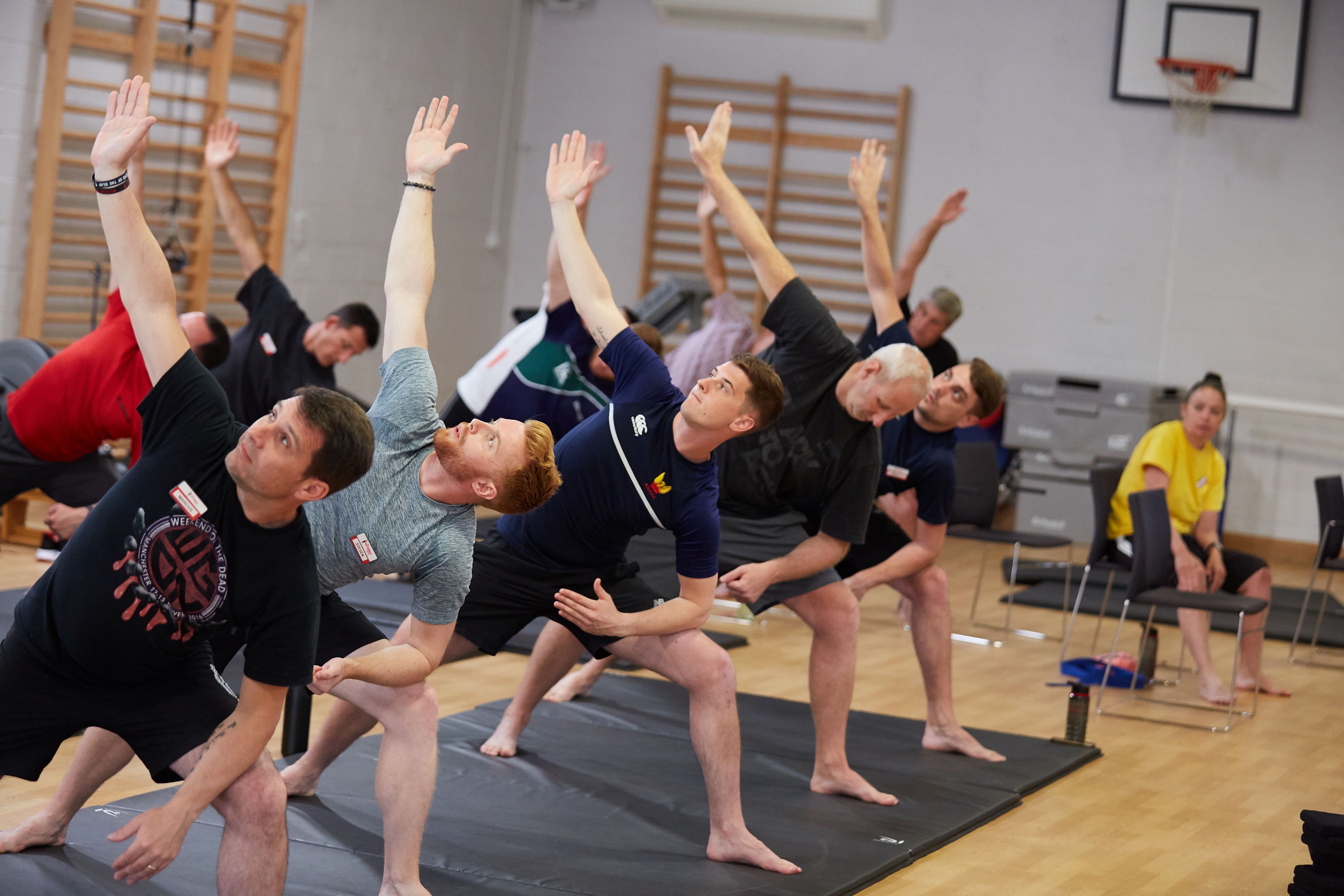Have you ever noticed how much better you feel after doing physical activity? While it may take a bit of talking to yourself beforehand to get up and get moving, afterwards you feel more energised, more aware and generally pretty good.
That’s because the benefits of activity are not just physical. Yes they contribute to our fitness, strength and stamina among many other things, but they also have an extremely positive effect on our mental health as well. Because when you exercise, your body releases endorphins, a feel-good hormone that makes a hugely positive impact on your overall sense of wellbeing.
A study showed that people who exercise for 20 minutes a day were half as likely to be depressed as people who did not. Scientists have proven that physically active people show significantly increased levels of endorphins compared to sedentary people, as well as reduced symptoms of depression.
What are endorphins?
Endorphins are a group of hormones produced predominantly in the parts of the brain known as the hypothalamus and the pituitary gland. The word comes from the combination of ‘endogenous’, meaning growing or originating within the body, and ‘morphine’, an opioid drug used to treat moderate to severe pain.
Normally produced in response to stress or pain, endorphins pass messages from one neuron to another throughout our nervous system, minimising our perception of pain. The positive feelings they trigger in our body are similar to those when we take morphine, but they are a completely natural pain reliever. They are thought to be what causes humans an increased sense of euphoria and wellbeing, as they are found to improve our mood, help our ability to deal with stress and balance our emotions.
There are over 20 types of endorphins in humans. Not all of the roles endorphins play in the body are completely understood. Beta endorphins are the most frequently studied as they contribute to pain relief and wellbeing.
What increases endorphin levels?
Endorphins are involved in our natural reward circuit because humans seek to feel pleasure and avoid pain; from an evolutionary viewpoint, if an activity is likely to make us feel good, we’re more likely to keep doing it, thus ensuring our survival.
As well as physical activity – which government guidelines suggest you should do 150 minutes of each week – there are other activities that increase endorphins. These include laughter, listening to music, sexual arousal, pain, and even eating certain foods like spices or chocolate.
(This news may explain, for example, why so many of us turn to a chocolate bar during periods of stress or tiredness. While it may not be as appealing, going for a brisk walk or doing some star jumps on the spot will have the same impact on your mood as eating chocolate, with a much more positive impact on your physical health.)
Physical activity is the best
While all of the above methods produce a quick response from our endorphins, none of them are as large or works as well as physical activity. When exerting yourself, these happy hormones are released to “take the edge off”, and you may have heard keen athletes claim it’s “mind over matter” or they’re seeking a “runner’s high”. Endorphins released through running or exercise are said to give people a sense of ecstasy.
It’s not just running that can give you that same buzz. Generally high intensity workouts produce more endorphins than moderate exercise does, but only if you stick at it long enough. Research shows that while any physical activity will release endorphins, it’s not until you’ve been exercising for about ten minutes that endorphins reach a high. This is why so many people struggle with the first ten minutes of exercise, but push through. Since endorphins are stress responses released to reduce pain, you have to get your body to a certain point in order to achieve this release.
The right balance
It’s also important to note that too much stress on body releases our stress hormone, cortisol, which can leave you feeling aggravated or in a bad mood. And the amount of endorphins released are different for everyone, so two people who exercise to the same level or suffer the same degree of pain will not necessarily produce similar endorphins.
Find an exercise that works for you and you’ll enjoy doing it as well as the blissful afterglow.
Exercise-induced endorphins may also be just the mechanism you need to stay motivated and keep up regular exercise, rather than giving up at the first hurdle.
You should take exercise intensity into account when starting a new routine or changing an old one. It can be useful to track how you feel before, during and after a workout in a journal, to ensure you’re not over or under working.
Let us help
If you’re struggling to get back to fitness after an injury or life-changing condition, let us help. Call our Support Line today on 0800 389 8820 or apply for support online.

